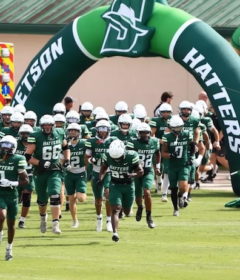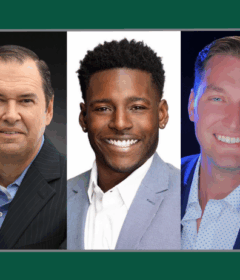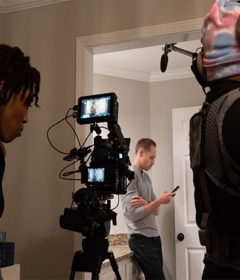Chronicling the Role of Religious and Spiritual Life at Stetson
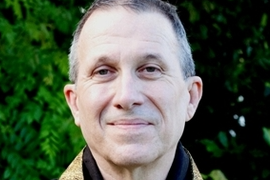

Did you know religious life played a prominent role at Stetson even before the first pine tree was cut to make way for a campus?
Henry A. DeLand first came to Florida in spring of 1876. Before he returned home to upstate New York from that vacation, he bought almost 160 acres of land east of the St. Johns River. Upon return, he shared his vision of creating an “Athens of Florida,” a community based on culture and education. The area’s settlers loved the idea.
DeLand then agreed to donate land and funds for a schoolhouse that could double as a place of worship.
And so began the history of Stetson and religion.
This summer, Stetson’s Office of Religious and Spiritual Life, led by Sensei Morris Sullivan, one of the university’s chaplains, is seeking to collect any and all archival information and anecdotes in an attempt to chronicle the role religious and spiritual life has played at Stetson.
“I think it’s an interesting project, and also one that might help guide the institution as it continues to guide the ‘moral and spiritual nature’ of education,” Sullivan said.
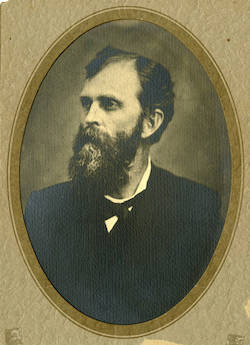
In essence, the initiative would serve to inform the Stetson community about that history, and connect with those members, while also providing insight to the general community, including clarifying possible misconceptions. One example: Although Stetson has Baptist roots, that relationship no longer is formal.
“When I told people I was going to be a chaplain at Stetson, they would say, ‘You’re a Buddhist. Isn’t that a Baptist school? Or, isn’t that a Christian school? This way, people can see the history,” explained Sullivan.
“What we would like to do is create a place where there’s sort of a growing and evolving document available to people, online probably. If someone wants to know why Stetson is the way it is with regard to religious and spiritual life, they will have a place to go.”
Notably, Sullivan grew up Baptist before becoming a Buddhist, as the world’s religious landscape broadened.
Now, with the help of others, including Stetson archivist Kelly Larson, Sullivan is casting a wide net for facts — making this an opportunity for alumni, former and current staffers, and students to share their stories.
‘We always get interesting recollections from alumni about the ‘days when we use to have to go to chapel every morning’ and that kind of thing. So, it would be nice to collect some of those remembrances and have a context for them,” Sullivan said. “We can take these sidebars and layer them into something that’s a little more structured and get sort of an intimate picture of the role that religion and spiritual life played in the Stetson community.
“This will be an ongoing project. We will continue adding to it as we go along, and welcome thoughts and memories.”
-Michael Candelaria
Editor’s note: Email thoughts, memories and information about Stetson’s religious and spiritual past to Chaplain Morris Sullivan at [email protected].

